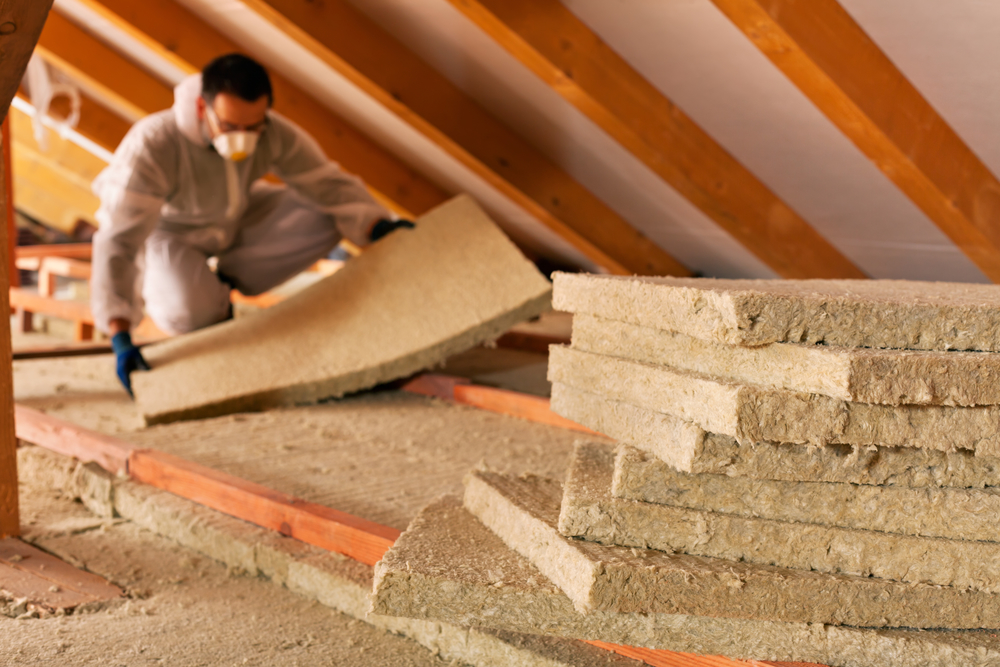Partner content
Is a high energy label a must? Some things to think about

Spring and warmer weather may be with us but that does not mean we should stop thinking about energy efficiency, particularly when it comes to buying a new home, says financial advisor José de Boer.
From the beginning of this year, people wishing to buy a home with a higher energy label have been able to borrow more than those at the bottom end of the housing spectrum with a G or F for energy efficiency.
The family spending institute Nibud, which advises the government on how much people should be able to borrow, said that homes that use as little gas and electricity as possible will be cheaper to run, and so buyers can borrow more to buy them because they will be able to meet higher repayments.
Low energy label
At the same time, however, home hunters who are buying a place with a low label are also be able to borrow more – if they commit to spending the additional loan on energy efficiency measures.
The extra loan begins at €5,000 for energy labels D and C, rising to €50,000 for people buying a home with an A++++ label and a 10-year energy performance guarantee.
If you are buying a home that needs work to make it more energy efficient, with an E, G or F energy label, you will be able to borrow an additional €20,000 to spend on energy-saving measures. If your house has an A or B label, you can borrow €10,000 more.
The scheme came into effect at the start of the year so it is a little early to assess what impact it is having on the market. Some economists have warned that giving borrowers more to spend is helping to drive house prices up. And certainly, prices are rising. In February they were up over 4% on a year ago, and they have been rising steadily since last summer.
Shortage of homes to buy
It is hard to say how much of this is due to the extra borrowing capacity because the shortage of homes to buy is as bad as ever. But estate agents I work with tell me that overbidding is back – particularly for homes that don’t need much in the way of work. And that would indicate homes with a high energy label are at a premium.
Research by the land registry office Kadaster suggests that the price difference between a high and low energy label home is around €140,000. Three years ago, before Russia invaded Ukraine and energy prices soared, the difference was around €60,000. You might be able to borrow more for an energy-efficient home but that is not enough to compensate for the higher prices you will end up paying.
On the other hand, competition to buy is still so intense that people are willing to buy a property whatever energy label it has – just so long as they can get a foot on the property ladder. Some research has suggested that 65% of buyers are willing to ditch having a good energy label as a requirement, so desperate are they to buy a home.
Remember, you can borrow more to help pay for extra insulation and double glazing if you buy a home that has not been renovated to current standards so it might be worth going for a low-label home. After all, summer is almost here, so you have a few months’ leeway to get the work done before it is time to put on the heating and cosy down for winter.
If you would like to more about taking out a mortgage in the Netherlands, please contact José via email or phone 31 (0)20 664 55 78.
Thank you for donating to DutchNews.nl.
We could not provide the Dutch News service, and keep it free of charge, without the generous support of our readers. Your donations allow us to report on issues you tell us matter, and provide you with a summary of the most important Dutch news each day.
Make a donation